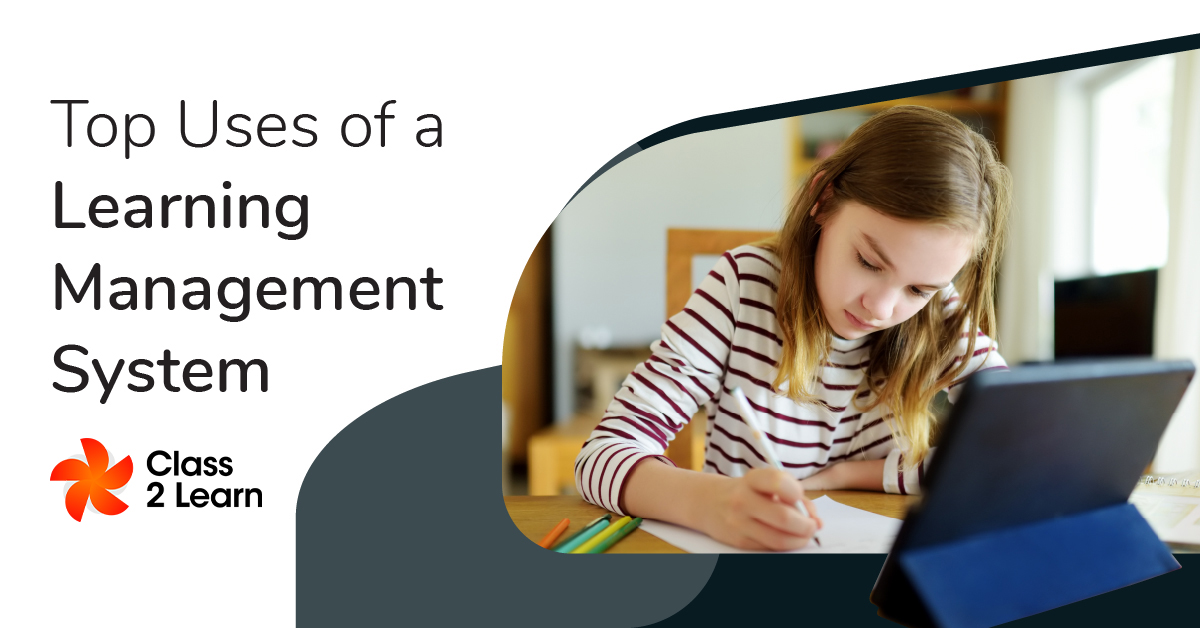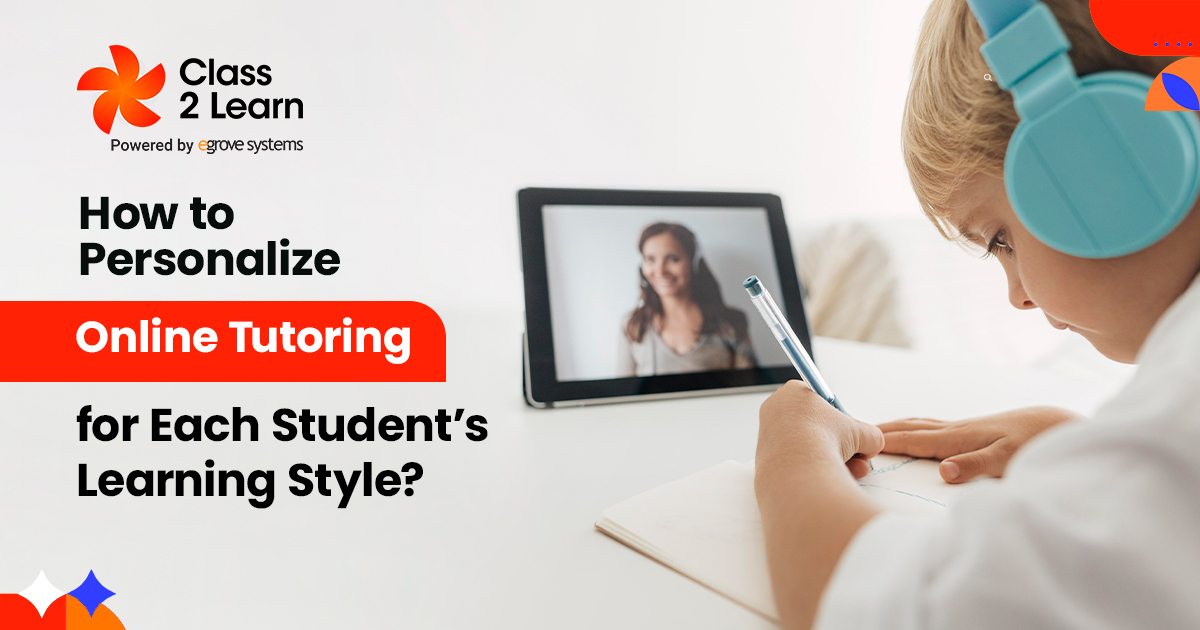Learning management systems can simplify the process of running a classroom, right from giving assignments to posting grades. Teachers with multiple classes with many students to keep track of can be essential. However, they can be complicated to understand, and not all features can be accessed by everyone who uses them. Many teachers do not realize all the benefits they could be getting from a classroom management tool like Google Classroom, Edmodo, or Canvas. Here we will discuss the various tasks an educator can accomplish through a learning management system.
1, Post Assignments for Students:
One of the most important roles a learning management system can play is giving assignments to the students. Teachers can post assignment descriptions and due dates, plus upload any files related to the assignment so students can download them. This feature can be used for regular homework assignments, so students won’t lose track of what is due the next day as well as larger projects and class assignments.
2. Turn in assignments
If assignments can be completed digitally, then the teachers can allow them to be submitted through the learning management system when they are completed. Teachers can see when each student submits their assignments to know who hadn’t finished them on time. They can then grade them and respond with notes and comments.
3, Create a calendar of important dates
Teachers can make a calendar that helps them stay organized. They can share it with students, parents, and administrators as well. Important dates to list on a class calendar include quizzes and tests, due dates for major projects, the start and end dates of a class unit, class trips, special events, and more. Having a clear calendar can reduce confusion about what’s next for the class and orient students toward the end goal of learning tasks.
4. Manage class rosters
Educators with multiple classes with large class sizes can benefit from organizing and updating their class rosters on their learning management system, so they can learn their students’ names and remember who is in which class. If you can share or print the rosters, it will be helpful to provide them to substitute teachers if the main teacher is absent or to administrators who want to know how the class is going.
5. Post Grades
Teachers can post grades to assignments as they are submitted, instantly displaying them to students and parents, who can view them on their accounts. Students can check their current grade average to see their projected final grade.
Read More: Is the College Workload Increasing Due to Virtual Learning?
6. Parent Access
Sharing information with parents can be very useful in improving communication about their child’s progress. Let parents see their children’s assignments and grades they get, and let them sign up to receive news, updates, and direct email messages from the teacher. Sharing this information through a learning management system is much more streamlined than writing it up in an email for each parent or calling them every time there is an issue.
7. Blog posts
Post news, thoughts, recaps of class discussion, links to articles, and other content in a blog that students can read. You can also start a discussion and encourage student participation in the comments.
8. Discussions and chats
In addition to allowing comments on blog posts, you can create discussion posts and forums where students can talk amongst themselves. Teachers can participate and prompt discussion, but students can also ask each other questions and help one another.
9. Groups
Here, a class is divided into groups for various reasons. Groups that are made for collaborative projects will help them work together, while in-class discussions may go better in smaller groups rather than having the whole class hold an online discussion where some voices may not get noticed.
10. Create a digital library
Upload articles, PDFs, videos, images, and audio for students to access as resources for their coursework. Having all these materials in a single place makes it easier for students to reach them if they were referenced in class or can be used in projects.
11. Online quizzes
Create and schedule quizzes that can be administered online so students can take them through their accounts. Get grades back quickly, so students get feedback while it is fresh and teachers know how the students are performing.
12. Communicate with students
Review individual student grades or missing assignments, then notify them if there is a problem. Directly message students to ask them about issues, and they will be able to see the message and respond.





Add comment